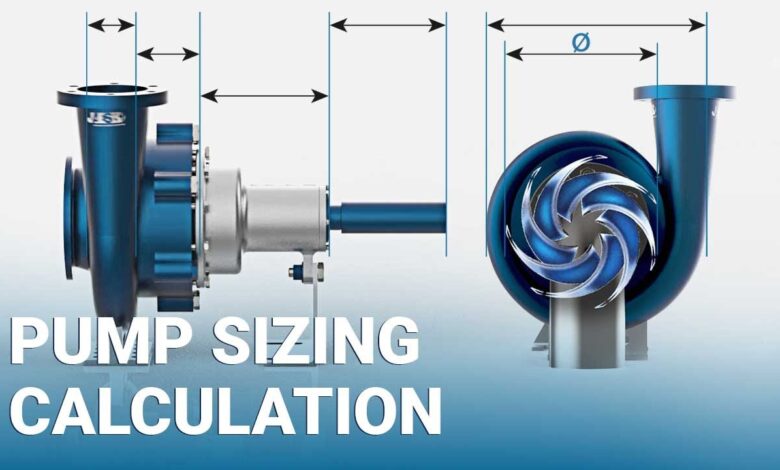Key Factors to Consider When Choosing the Right Pump Size

Every application has unique requirements, which must be considered when purchasing a pump. When the right size is purchased, it will perform optimally and be more efficient. Furthermore, it will protect the system from harm, save the company money, and minimize downtime. What could go wrong if the pump is not the right size for the job it is intended to do?
This pump must integrate effortlessly into the larger system where it will be used. If all parts don’t work together, the system will not function properly, and materials won’t flow through it efficiently. How can one go about choosing the right size pump for their application to avoid costly delays and possible downtime? What factors should be considered when making this choice?
Flow Rate
Buyers must know the flow rate of each pump under consideration. This information lets them know the fluid volume the pump is capable of handling. The flow rate must match the system’s requirements to ensure proper operation. If the wrong flow rate is selected, the system won’t be efficient and may even fail. This rate is measured in gallons per minute or liters per second.
Pressure
The system’s pressure requirements must be known before making this purchase. The buyer should learn the operating pressure and the pump’s maximum pressure. If either is off, performance issues will arise, and the pump may sustain damage.
Fluid Characteristics
Individuals must know which materials will be pumped through before purchasing. The viscosity and chemical composition of the fluids play a role in which unit should be purchased. If the viscosity of the fluid changes under pressure or stress, this information must also be considered. Process temperatures are also a consideration, as the flow properties of temperature-sensitive liquids change with temperature changes. Confirm the selected pump can handle the fluids that will flow through the system. Doing so will ensure the pump runs efficiently and doesn’t break down prematurely.
Efficiency
Companies aim to reduce energy costs, and an efficient pump can help them achieve this goal. A high-efficiency pump uses less energy, lowering operational costs. Furthermore, an efficient pump tends to last longer. When comparing models, consider the materials, pump design, and maintenance requirements.
Materials
When choosing a pump, ensure the construction materials are compatible with the fluids that regularly flow through the system. If abrasive or corrosive fluids will move through the pump, it must be made from durable materials that will resist damage. Ensuring compatibility helps reduce wear and tear, leading to a longer pump lifespan.
System Design
Ensure the selected pump will easily integrate into the larger system. Consider pipe size, space constraints, and installation requirements when making this choice. If the pump won’t seamlessly integrate into the larger system, either choose an alternative model or factor in the costs of modifying the system to accommodate the selected pump.
Maintenance Requirements
No company wants to spend large blocks of time maintaining a pump. Whenever the pump requires maintenance or servicing, it leads to costly downtime. Select a pump that requires minimal maintenance and servicing, and ensure that the maintenance schedule is followed. This provides the pump’s optimal performance and longevity. A pump with accessible parts and straightforward service procedures is the best investment. Ensure the manufacturer or distributor offers robust support options.
Keep these factors in mind to choose the right pump every time. This pump will perform reliably and optimize performance. Working with a reputable supplier makes the selection process easier and ensures a seamless purchase process from start to finish, including after-sales care. Make the supplier choice a priority, and everything else falls into place.
